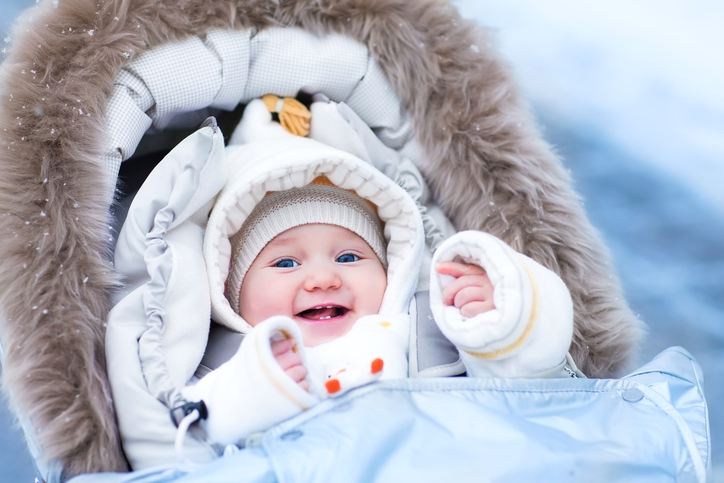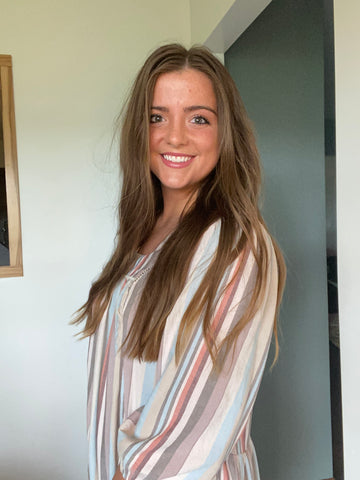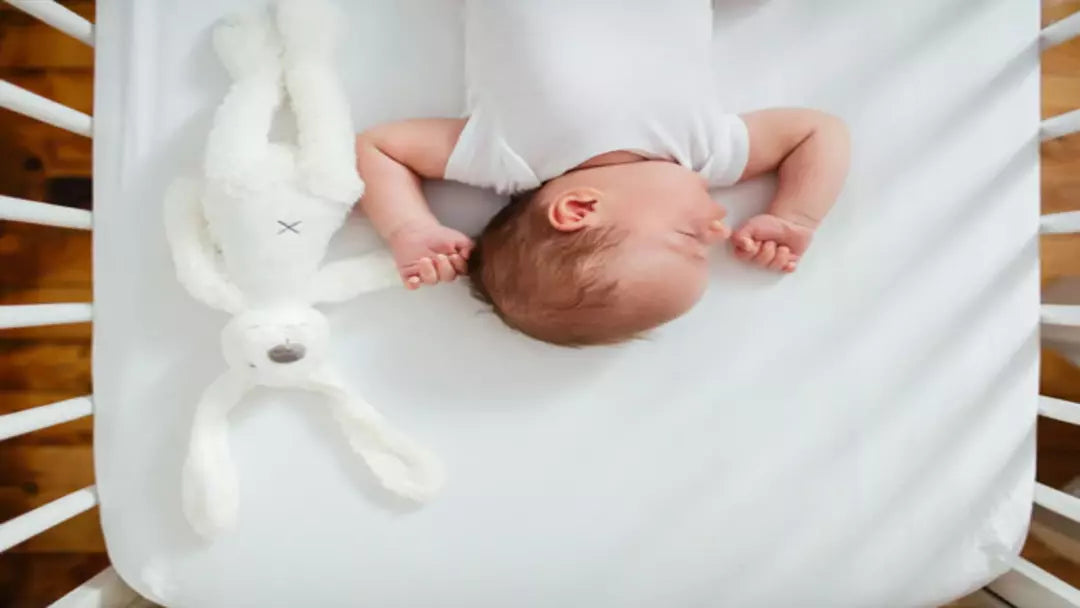Like Goldilocks and the three bears, agreeing on a comfortable room temperature is a challenge for many households. One person likes it cool, another likes it warm … but what temperature is “just right” for the baby?”
Contrary to what many people think, babies do best in a cool environment (68–72˚F). In 1992, the American Academy of Pediatrics launched the Back to Sleep campaign after studies confirmed that babies who slept on their backs had a decreased risk of Sudden Infant Death Syndrome (SIDS).

Ongoing research has identified several other risk factors in the sleep environment that are associated with SIDS. One of these is infant overheating, caused by either a room that is too warm or bundling the infant in blankets and clothes.
Studies show that when a baby is too warm, he or she may not respond as readily to low oxygen signals in the brain, which increases the risk of SIDS.
Currently, parents are advised to keep the nursery between 68–72˚F to help reduce risk of SIDS. Additionally, all soft bedding under, over, and around the baby should be removed from the crib (this includes blankets and bumper pads), along with all toys and stuffed animals. Take care not to cover your baby’s face with any type of clothing or bedding as this can also increase the risk of SIDS.

How can you tell if your baby is warm enough or too warm? Feeling the skin on her chest or abdomen will give you the best idea of body temperature. Baby’s skin should feel warm and dry. Resist the temptation to use your baby’s hands or feet as a temperature gauge. In babies, cold or blue extremities are usually caused by immaturity of the circulatory system rather than lack of warmth. Conversely, if the skin on the chest or abdomen feels hot, the skin is red, or the scalp or feet are moist, they are too warm. Add or remove layers of clothing to keep your baby feeling just right.
As a general guideline, your room should be at a temperature that would be comfortable for an adult dressed in light clothing, and your baby should have on one additional layer. A hat and socks or footed onesie can reduce heat loss during cold weather. Sleep sacks are a great way to add an extra layer of warmth at night without using blankets.

Bringing a new baby home is not a reason to crank the thermostat up or down. Keeping your home at a reasonable temperature will not only be more comfortable for your baby, but it will also be safer.
Here are a few takeaway tips:
1) Don't Over Bundle
You may be tempted to wrap your baby in several layers of clothes and several blankets to make sure they don't freeze. But this can trigger overheating. A good pair of pajamas/sleep sack should be plenty. Be sure to not cover their head while they're sleeping. The head helps regulate body temperature, and any kind of headwear could make them too hot.

2) Crib Placement
Make sure the baby is out of the line of direct heat. Keep the crib away from vents and registers that could blow heat on them. And if you're using a space heater, keep it at least a few feet away.
3) Pay Attention
Every baby is different. Pay attention to how yours seems to react in higher or lower temperatures, and adjust the thermostat accordingly. Some experts recommend sleeping in the same room as your baby for the first six months, to get a feel for their temperature preferences.
Comment down below if you found these tips useful!
Thanks so much for reading,
Kate


